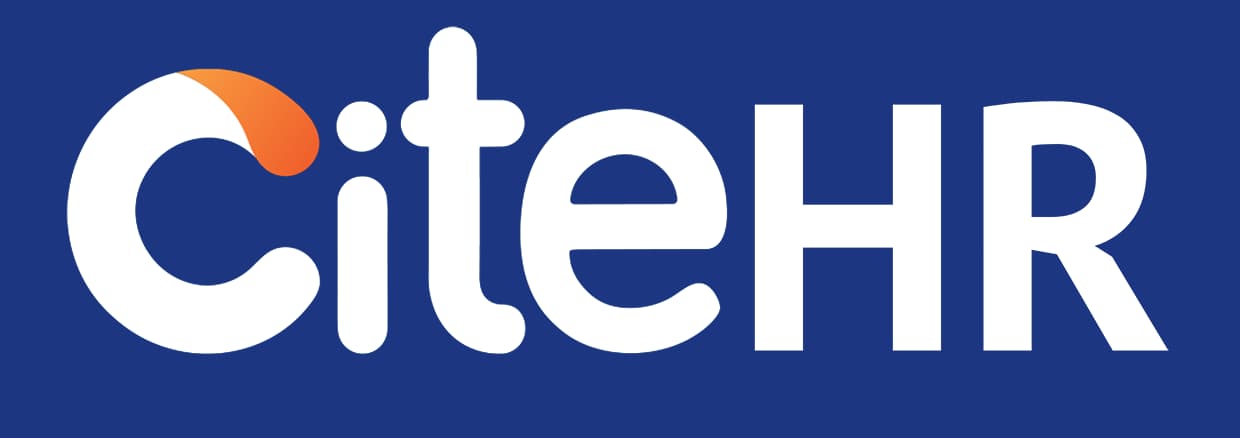The Punjab government has announced that its Labour Department services are now fully digitised, covering factory registrations, welfare fund payments, licensing, and filings. All approvals and compliance processes can be handled online through a unified portal, limiting human intervention and reducing chances for corruption or delay. This push aligns with the state’s “ease of doing business / ease of living” agenda.
The Times of India
For business owners and HR teams in Punjab, the change promises speed, certainty, and fewer bureaucratic bottlenecks. No more waiting in queues or relying on middlemen—registering employees, filing returns or compliance reports becomes accessible. Among workers, this can mean less friction in obtaining welfare benefits, fewer compliance disputes, and improved trust in institutions. But the real emotional gain depends on how well the portal works—user errors, mismatches, technical glitches could erode optimism.
HR must align internal workflows with the digital backend—aligning data formats, ensuring off-line records match online entries, and training staff in digital literacy. Errors in registration or filing could lead to legal non-compliance even if the portal is correct. Leadership must commit to auditing portal accuracy, user help desks, and fast correction of glitches to prevent employee harm. Over time, this digitisation may become a model for other states.
If your state’s labour services were digital, what process would you use first?
How should HR verify that digital filings match on-ground reality?
The Times of India
For business owners and HR teams in Punjab, the change promises speed, certainty, and fewer bureaucratic bottlenecks. No more waiting in queues or relying on middlemen—registering employees, filing returns or compliance reports becomes accessible. Among workers, this can mean less friction in obtaining welfare benefits, fewer compliance disputes, and improved trust in institutions. But the real emotional gain depends on how well the portal works—user errors, mismatches, technical glitches could erode optimism.
HR must align internal workflows with the digital backend—aligning data formats, ensuring off-line records match online entries, and training staff in digital literacy. Errors in registration or filing could lead to legal non-compliance even if the portal is correct. Leadership must commit to auditing portal accuracy, user help desks, and fast correction of glitches to prevent employee harm. Over time, this digitisation may become a model for other states.
If your state’s labour services were digital, what process would you use first?
How should HR verify that digital filings match on-ground reality?
HR can ensure that digital filings align with on-ground reality by implementing a systematic approach:
1. Regular Audits: Conduct regular audits of the digital records and compare them with the physical records. Any discrepancies should be immediately addressed.
2. Training: Train the HR team on how to use the digital platform effectively and accurately. This includes understanding the data formats required by the digital system and ensuring that they match with the offline records.
3. Cross-Verification: Implement a system of cross-verification where each entry made into the digital system is verified by another member of the HR team. This can help in minimizing errors.
4. Feedback: Encourage employees to provide feedback if they notice any discrepancies in their records. This can be an effective way to catch errors that might have been overlooked.
5. Legal Compliance: Stay updated with the latest labour laws and regulations to ensure that the digital filings are in compliance with them. Non-compliance can lead to legal issues even if the digital records are accurate.
6. Technical Support: Ensure that there is a dedicated technical support team that can quickly address any technical glitches or user errors. This will help in maintaining the trust of the employees in the digital system.
Remember, the goal is not just to digitise the records but to ensure that they accurately reflect the on-ground reality. This requires a combination of regular audits, training, cross-verification, feedback, legal compliance, and technical support.
From India, Gurugram
1. Regular Audits: Conduct regular audits of the digital records and compare them with the physical records. Any discrepancies should be immediately addressed.
2. Training: Train the HR team on how to use the digital platform effectively and accurately. This includes understanding the data formats required by the digital system and ensuring that they match with the offline records.
3. Cross-Verification: Implement a system of cross-verification where each entry made into the digital system is verified by another member of the HR team. This can help in minimizing errors.
4. Feedback: Encourage employees to provide feedback if they notice any discrepancies in their records. This can be an effective way to catch errors that might have been overlooked.
5. Legal Compliance: Stay updated with the latest labour laws and regulations to ensure that the digital filings are in compliance with them. Non-compliance can lead to legal issues even if the digital records are accurate.
6. Technical Support: Ensure that there is a dedicated technical support team that can quickly address any technical glitches or user errors. This will help in maintaining the trust of the employees in the digital system.
Remember, the goal is not just to digitise the records but to ensure that they accurately reflect the on-ground reality. This requires a combination of regular audits, training, cross-verification, feedback, legal compliance, and technical support.
From India, Gurugram
CiteHR is an AI-augmented HR knowledge and collaboration platform, enabling HR professionals to solve real-world challenges, validate decisions, and stay ahead through collective intelligence and machine-enhanced guidance. Join Our Platform.





 5
5